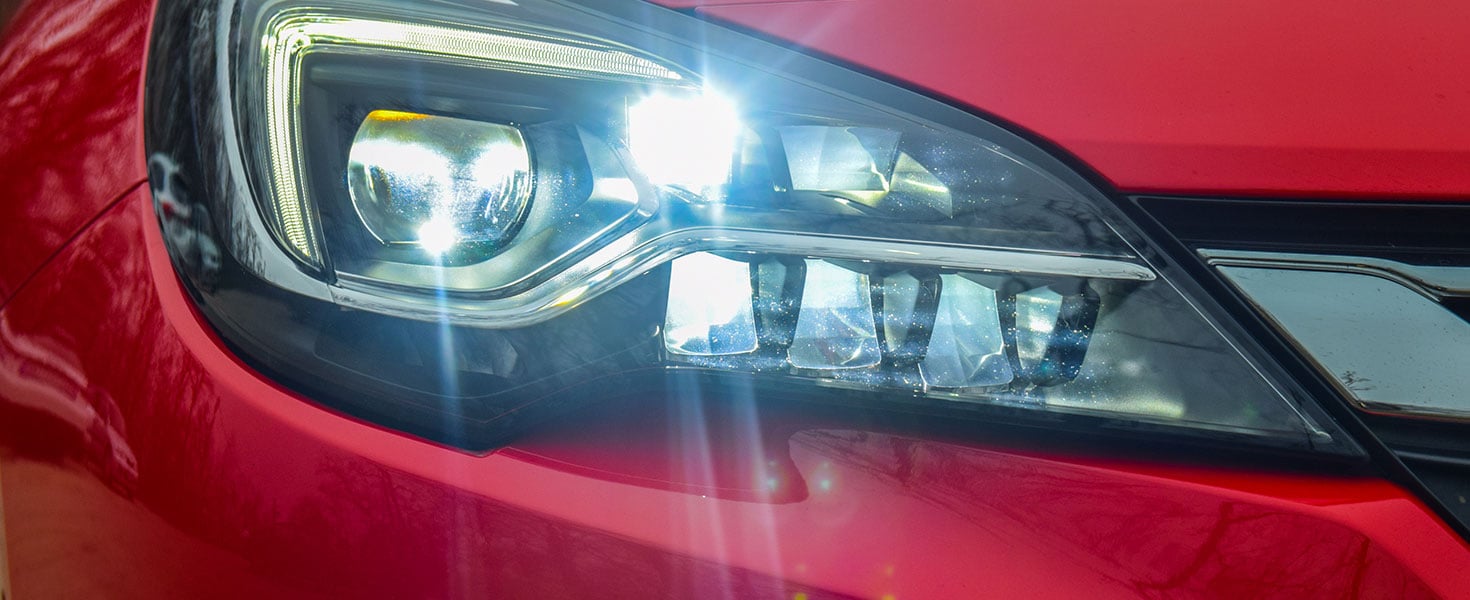

James MacPherson
November 10, 2022·2 min read
Q: I think it is time to turn off daytime running lights. They may make oncoming cars more visible in the daytime, but at night, they can be a real danger. I encounter many cars with no taillights at night, but the headlights are on. I think the driver believes the lights are on because the daytime running lights illuminate the road. For drivers approaching from the rear, though, this presents a real danger. Do you agree that we should eliminate the daytime running lights so that the driver would have to turn on the headlights manually, which activates the taillights?

A: Most studies of daytime running lights (DRLs) suggest that they reduce crash rates by 5 to 10 percent, so it is probably a good idea to continue their use. That, however, does not suggest that the current situation is perfect, as you note.
Canada, which has required daytime vehicle lighting since 1989, has also experienced problems with vehicles with forward lighting, but no taillights, so-called “phantom cars.” Their solution was to require that new vehicles sold in Canada must have one of the following: tail lights that are on when daytime running lights are on; headlights, tail lights and side marker lights that turn on automatically when it is dark; or instrument panel lighting that remains dark until the exterior lights are on.
While some drivers may succumb to the belief that their headlights are on because of the illumination from their DRLs, most of these lights do not produce anything approaching the light output of headlights, so a driver should—in theory—notice the deficiency. It is also possible that the driver has turned on the headlights but does not know that the taillights, often on a separate circuit, have failed.
These potential problems point to the need for drivers to check their vehicle’s exterior lighting carefully. This check should be done at least once a month now that autumn, with longer periods of darkness, is here and winter is not far off.

A: Most studies of daytime running lights (DRLs) suggest that they reduce crash rates by 5 to 10 percent, so it is probably a good idea to continue their use. That, however, does not suggest that the current situation is perfect, as you note.
Canada, which has required daytime vehicle lighting since 1989, has also experienced problems with vehicles with forward lighting, but no taillights, so-called “phantom cars.” Their solution was to require that new vehicles sold in Canada must have one of the following: tail lights that are on when daytime running lights are on; headlights, tail lights and side marker lights that turn on automatically when it is dark; or instrument panel lighting that remains dark until the exterior lights are on.
While some drivers may succumb to the belief that their headlights are on because of the illumination from their DRLs, most of these lights do not produce anything approaching the light output of headlights, so a driver should—in theory—notice the deficiency. It is also possible that the driver has turned on the headlights but does not know that the taillights, often on a separate circuit, have failed.
These potential problems point to the need for drivers to check their vehicle’s exterior lighting carefully. This check should be done at least once a month now that autumn, with longer periods of darkness, is here and winter is not far off.
Share
